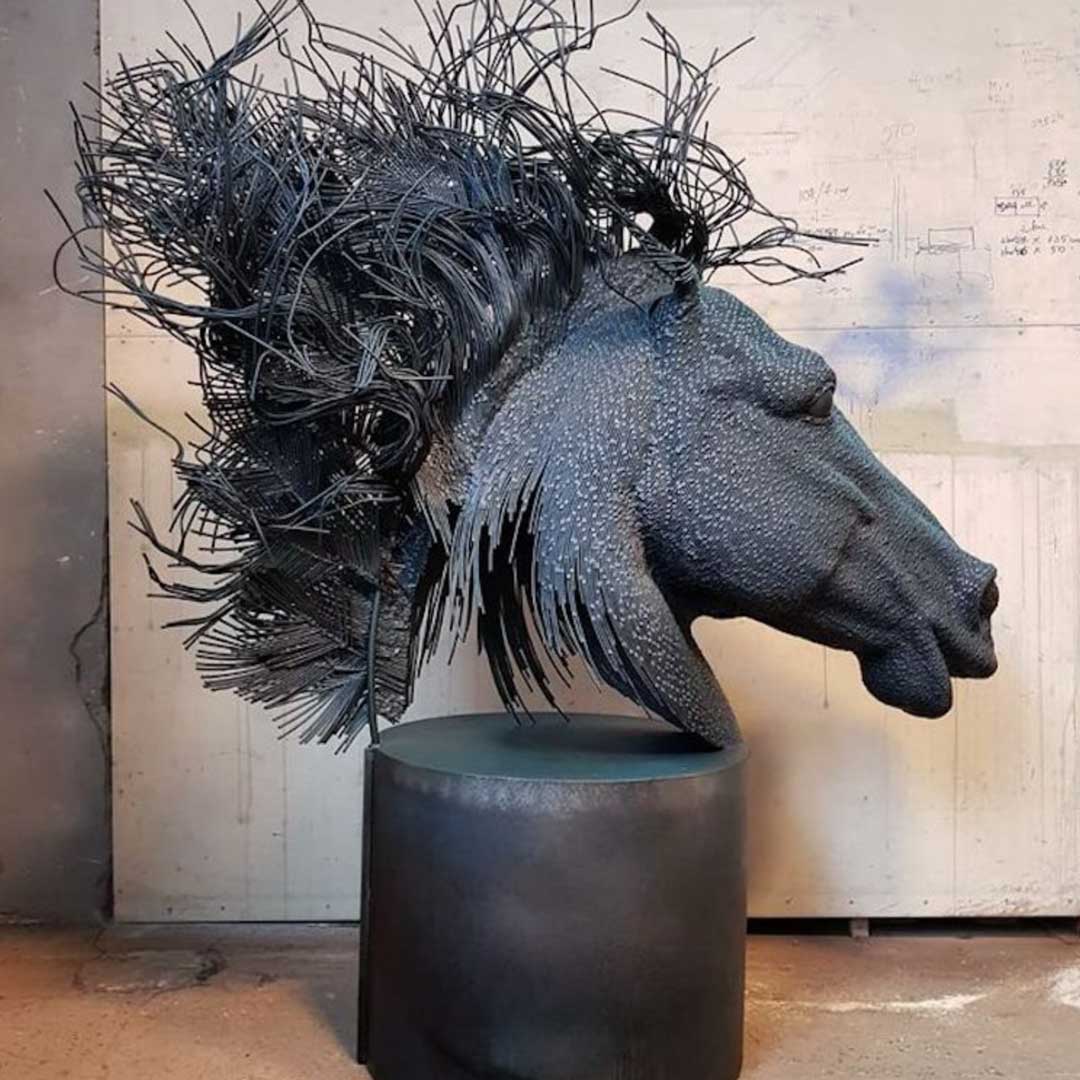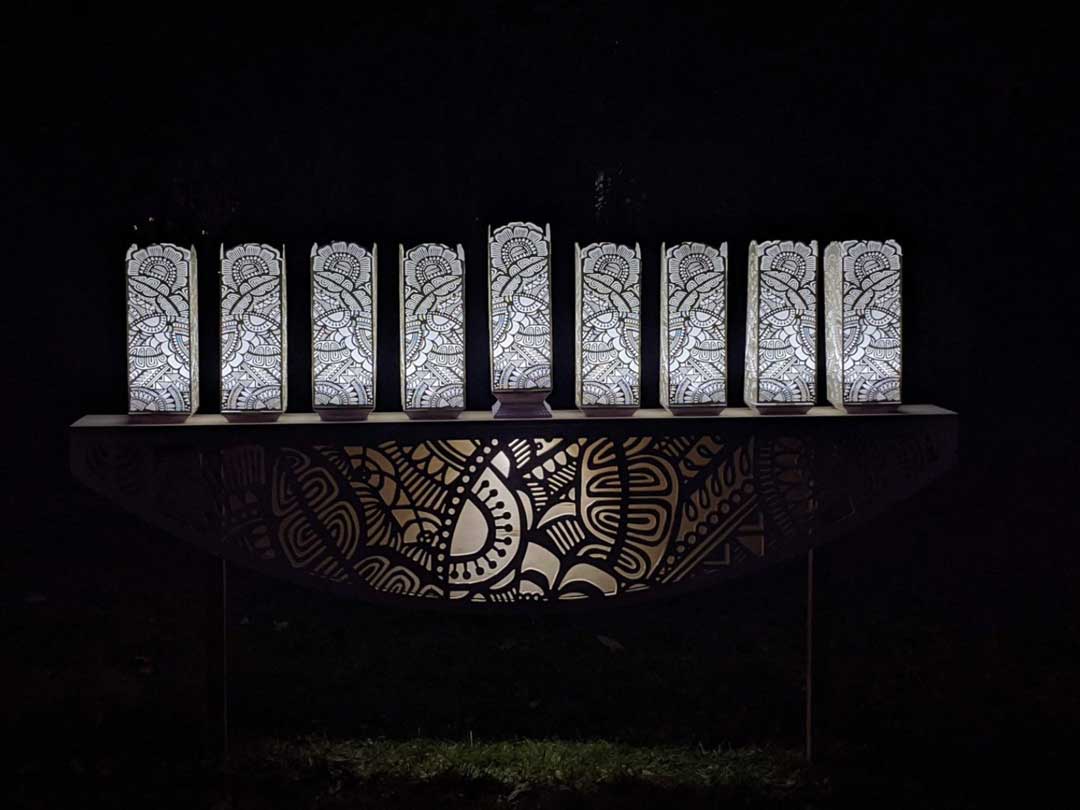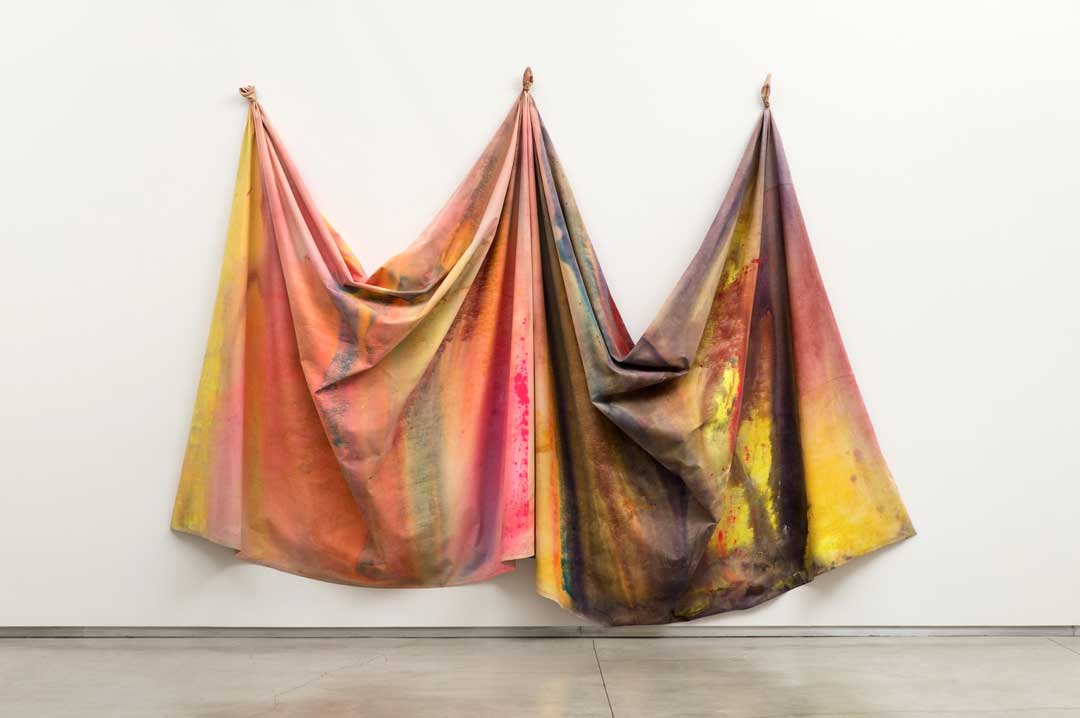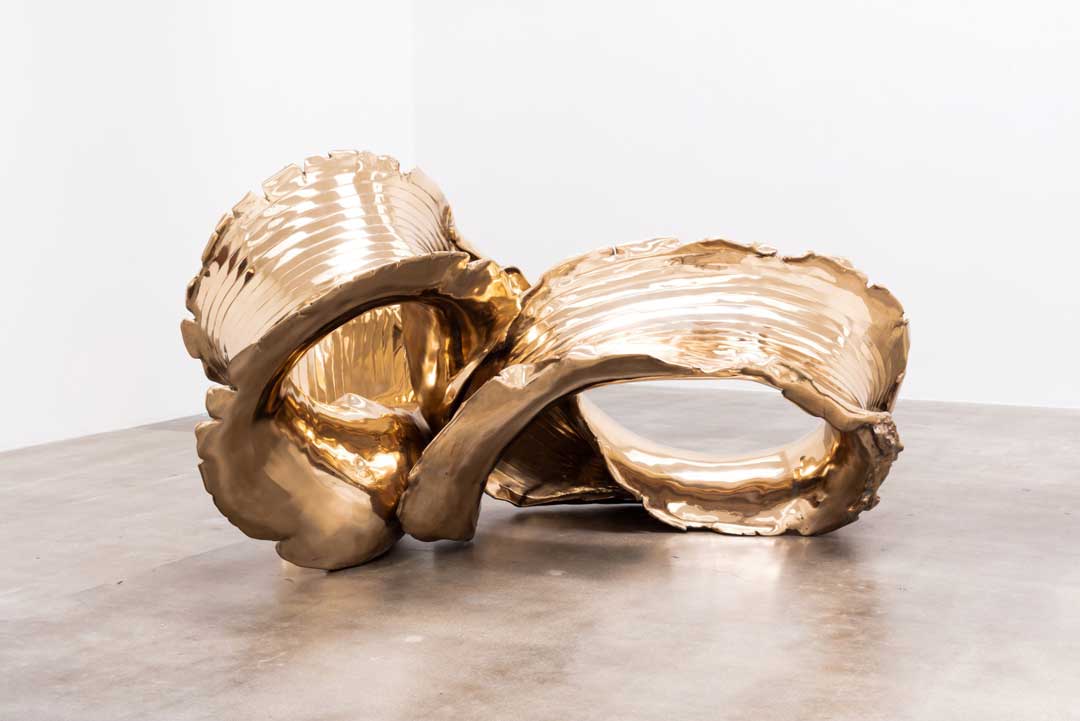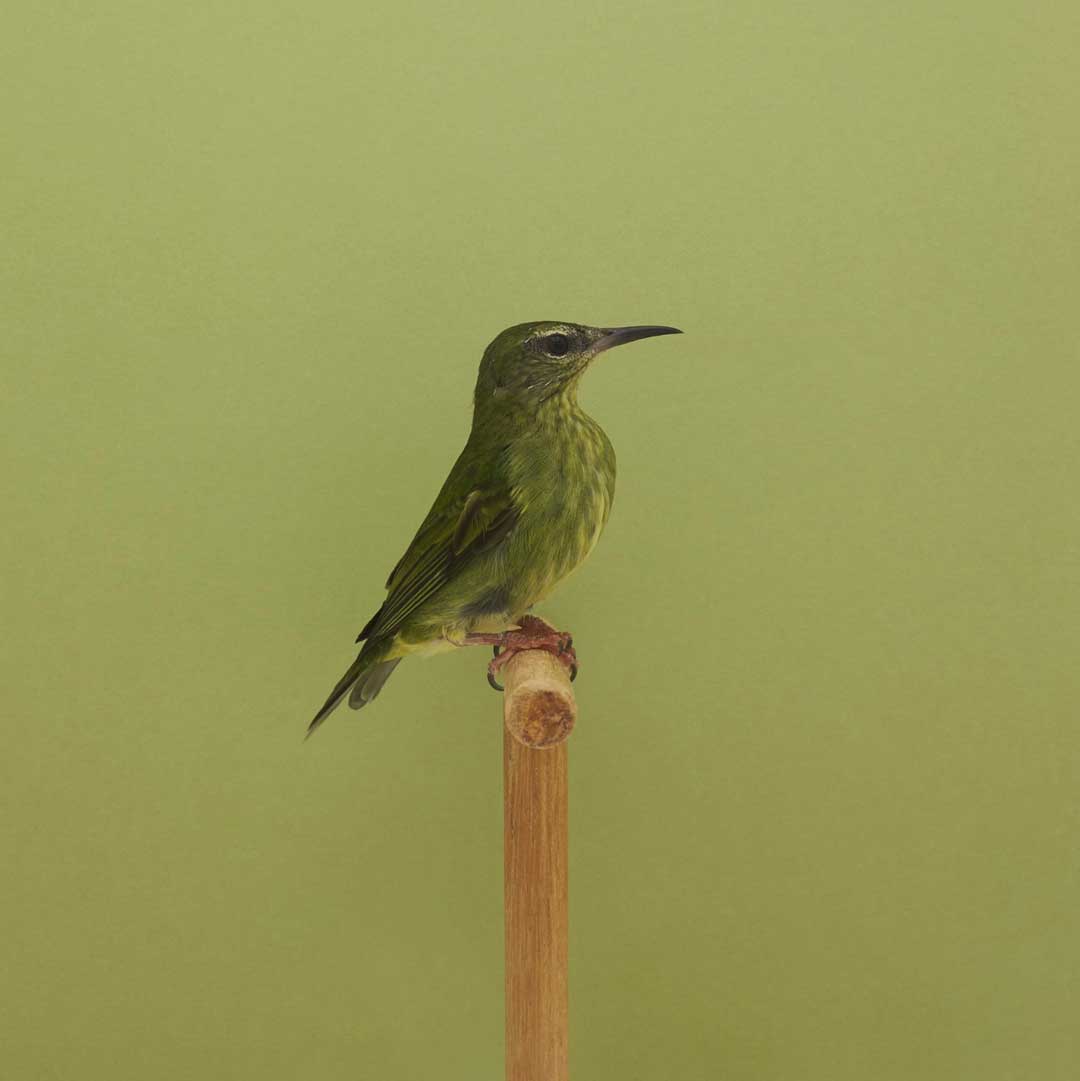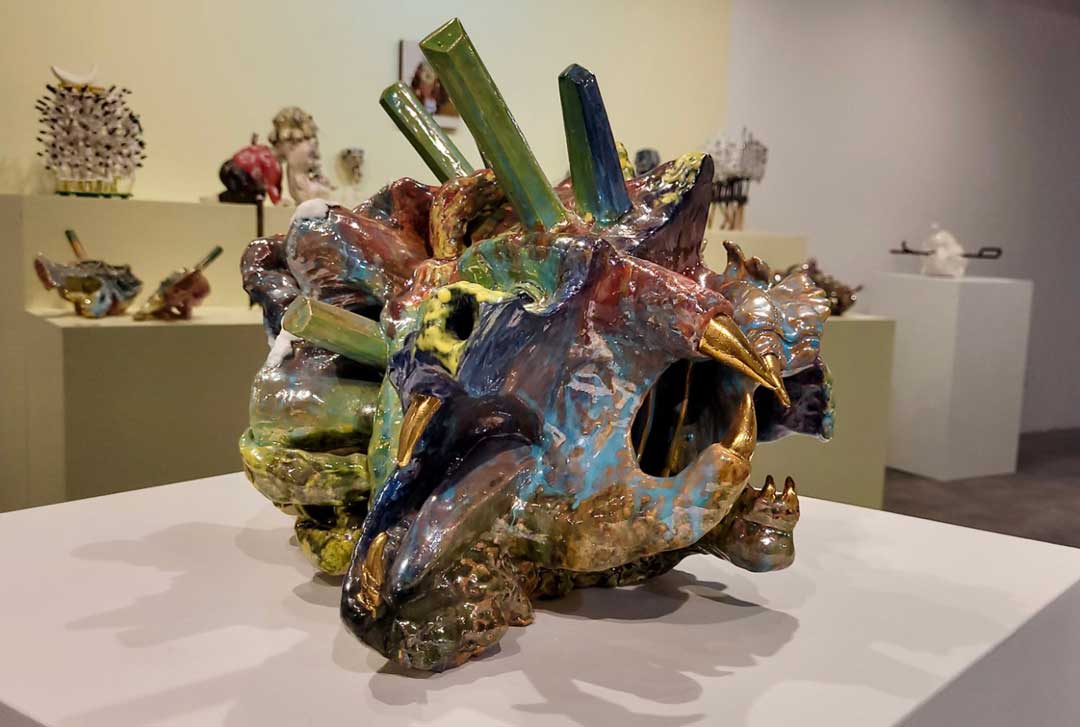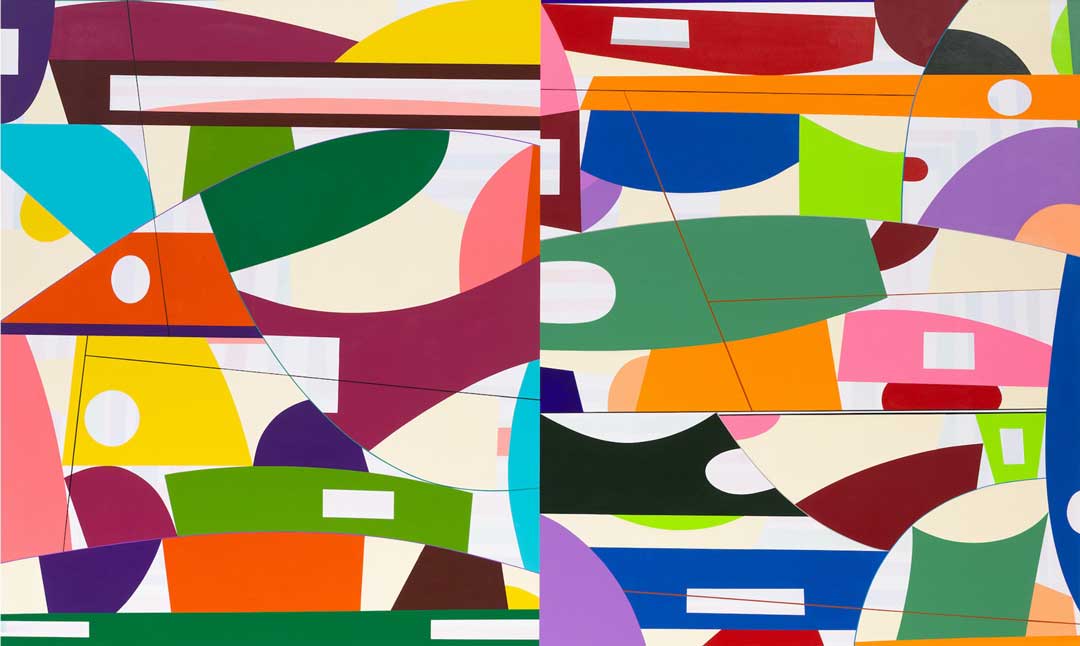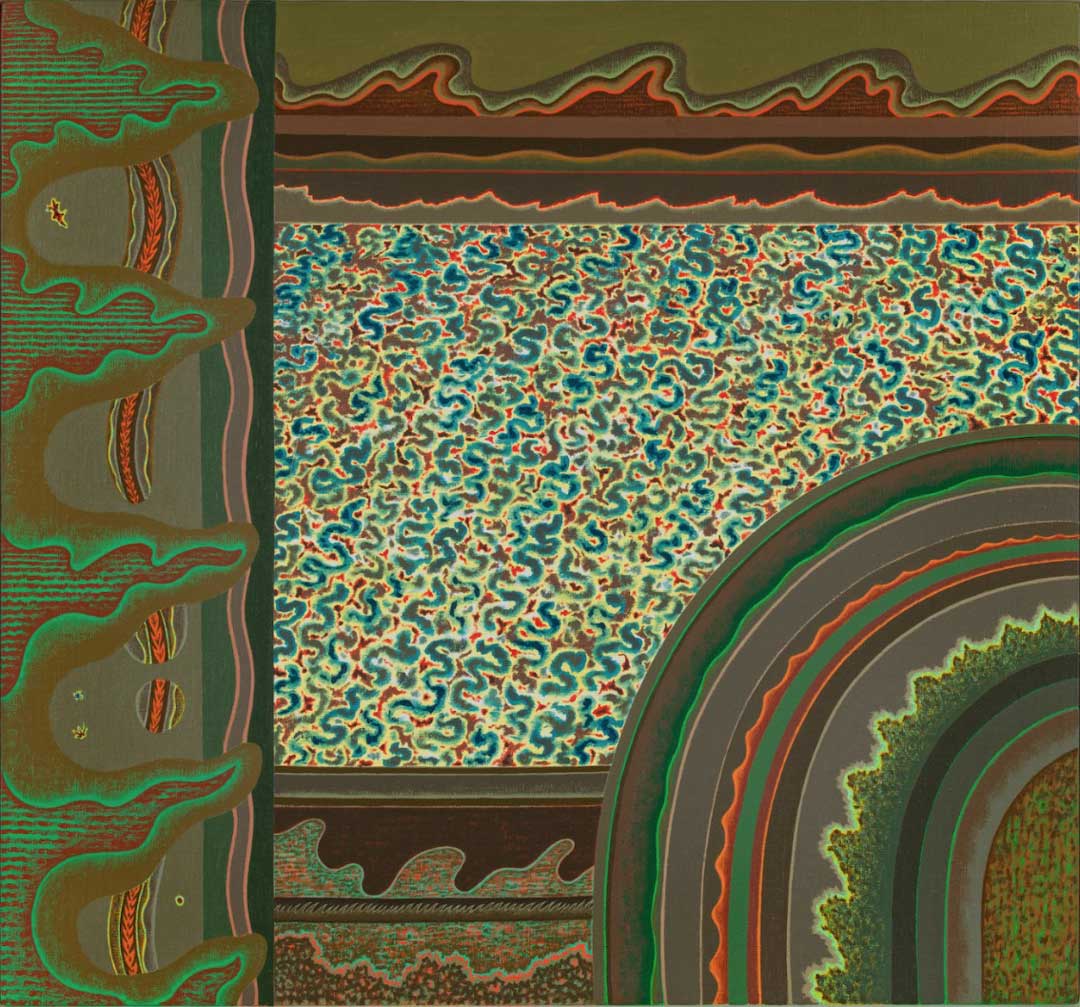Madeira brimstone. Image © Levon Biss, courtesy of the American Museum of Natural History
Despite existing on separate continents thousands of miles apart, the Madeira brimstone and giant Patagonian bumblebee are experiencing similar hardships. The former, which inhabits the islands it inherits its name from, is dealing with an invasive species decimating the trees its caterpillars require pre-metamorphosis, while the latter has been struggling to survive in its native Chile after farmers introduced domesticated European bees to aid in crop pollination. Both species are in danger and are part of an ongoing exhibition at the American Museum of Natural History conveying what’s at stake if their species are lost entirely.
Extinct and Endangered is comprised of massive, macro shots by Levon Biss, a British photographer who’s amassed a stunningly diverse collection of images with a variety of natural subject matter from dried seeds to iridescent insects. Biss often collaborates with institutions like the Royal Botanic Garden Edinburgh and the Oxford Museum of Natural History, gaining access to their archives and selecting specimens.


